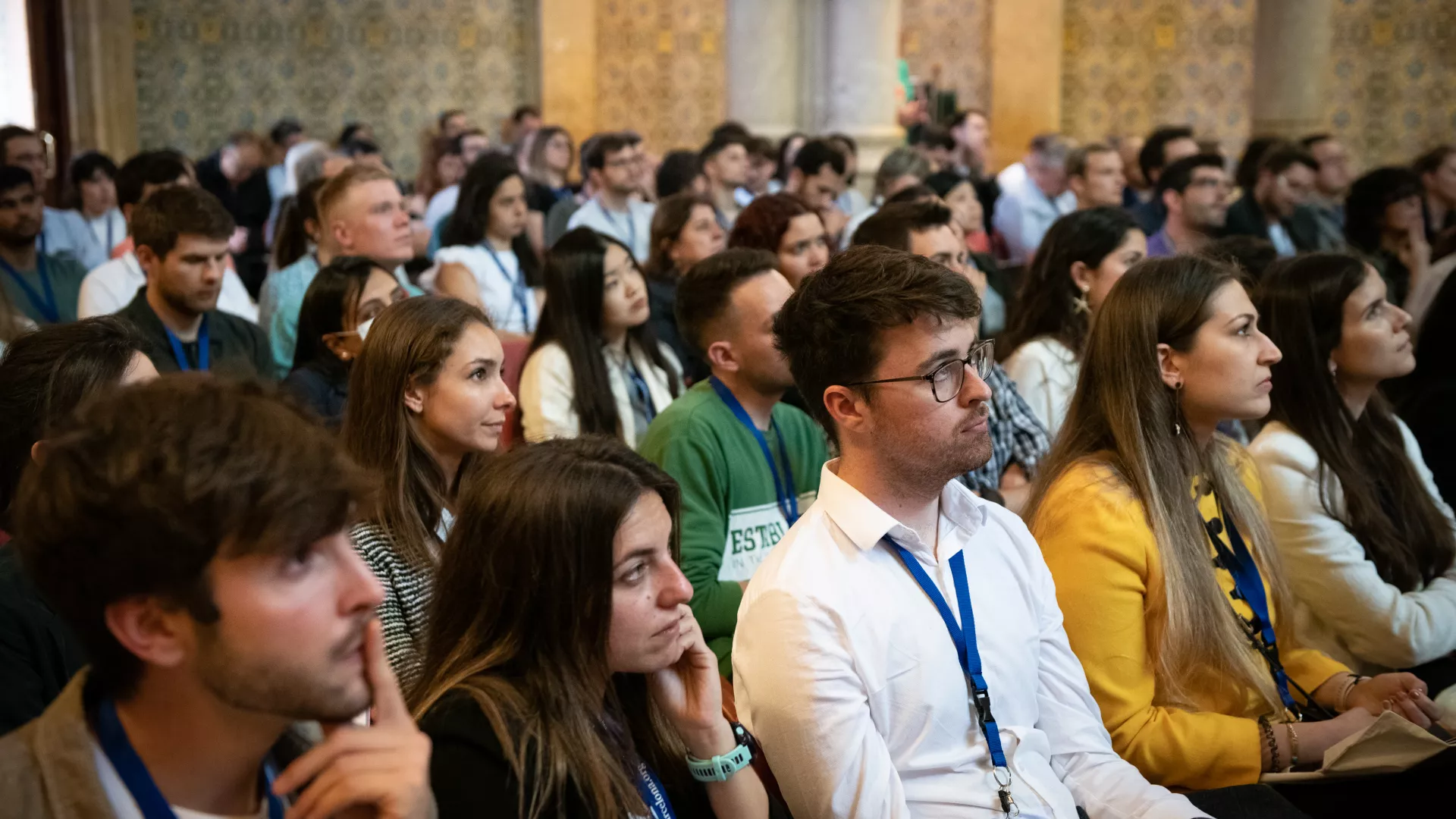Speaker: Stephanie Höhn, Postdoctoral Research Associate. Dept. of Applied Mathematics and Theoretical Physics, Centre for Mathematical Sciences, University of Cambridge, UK.
Presentation
Organizers: IRB Barcelona
Date: Wednesday, 19 September, 15:00h
Place: Aula Fèlix Serratosa, Parc Científic de Barcelona
Host: Students and postdocs of the C&DB programme.
Abstract
The peculiar morphogenesis in volvocalean micro-algae serves as a simple model to study how tissues are shaped. Volvocalean embryos are either cup-shaped (e.g. Pleodorina) [1] or spherical (e.g. Volvox) [2] and undergo a so called "inversion" during which they literally turn themselves inside out. This process resembles gastrulation in simple animals and allows us to study the mechanical principles and evolution of cell sheet folding. Identifying regions of active and passive cell sheet deformations may eventually impact on tissue engineering.
A combination of light sheet fluorescence microscopy and mathematical modelling revealed that a circular invagination during type B inversion has to be complemented by active contraction and expansion in the posterior and anterior hemisphere, respectively [3]. While inversion is achieved by a single wave of cell-wedging in some Volvox species, in others the anterior cell sheet is pulled over an inflection point by contraction rather than bending. This suggests a transition towards a higher complexity of embryonic development [4].
1] Höhn S and Hallmann A. BMC Developmental Biology 16, 35 (2016).
[2] Höhn S and Hallmann A. BMC Biology 9, 89 (2011).
[3] Höhn S, Honerkamp-Smith AR, Haas PA, Khuc Trong P, and Goldstein RE. Physical Review Letters 114, 178101 (2015).
[4] Haas PA, Höhn S, Honerkamp-Smith AR, Kirkegaard JB, and Goldstein RE. PLOS Biology 16, e2005536 (2018).
Cell and Developmental Biology Programme Seminar

